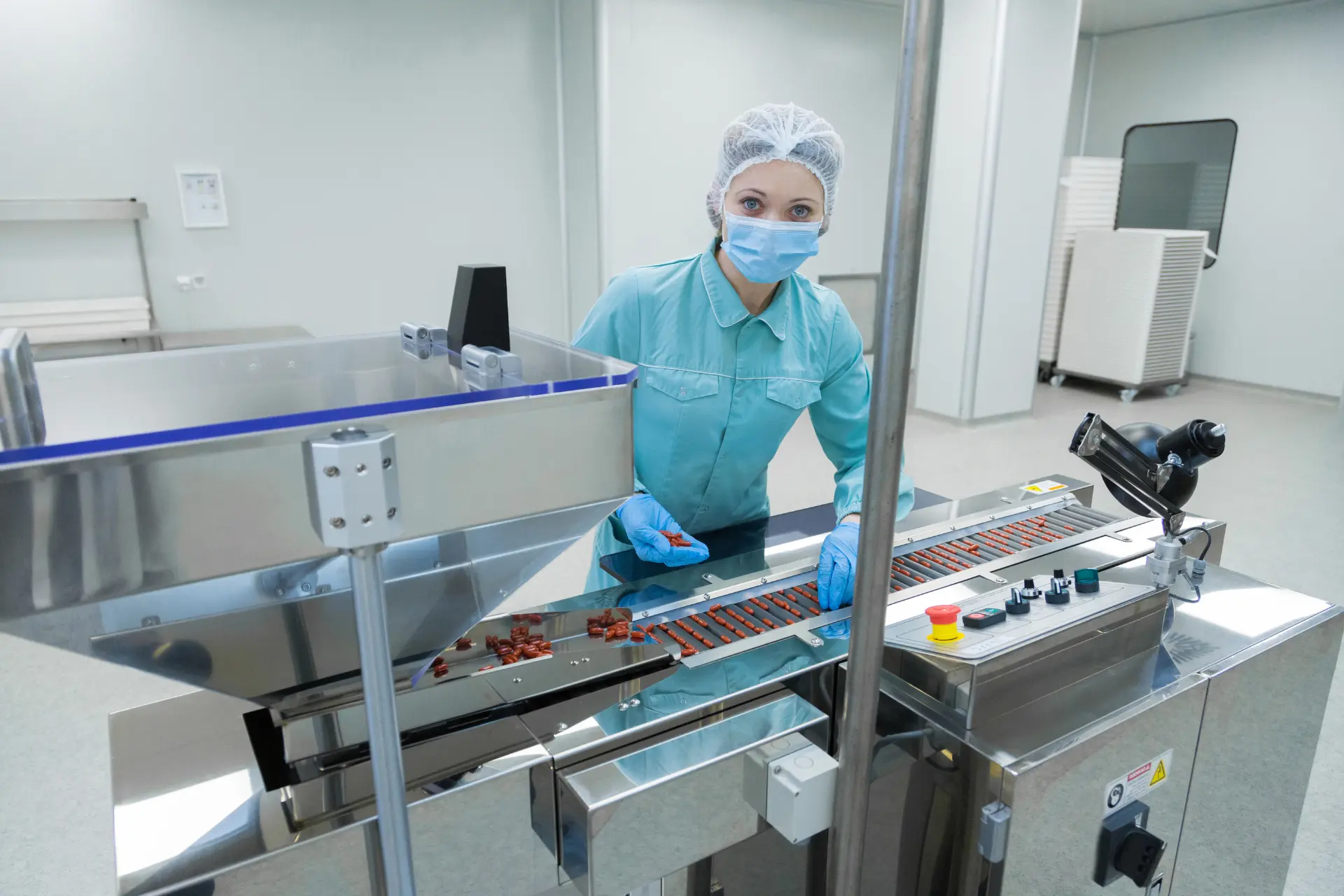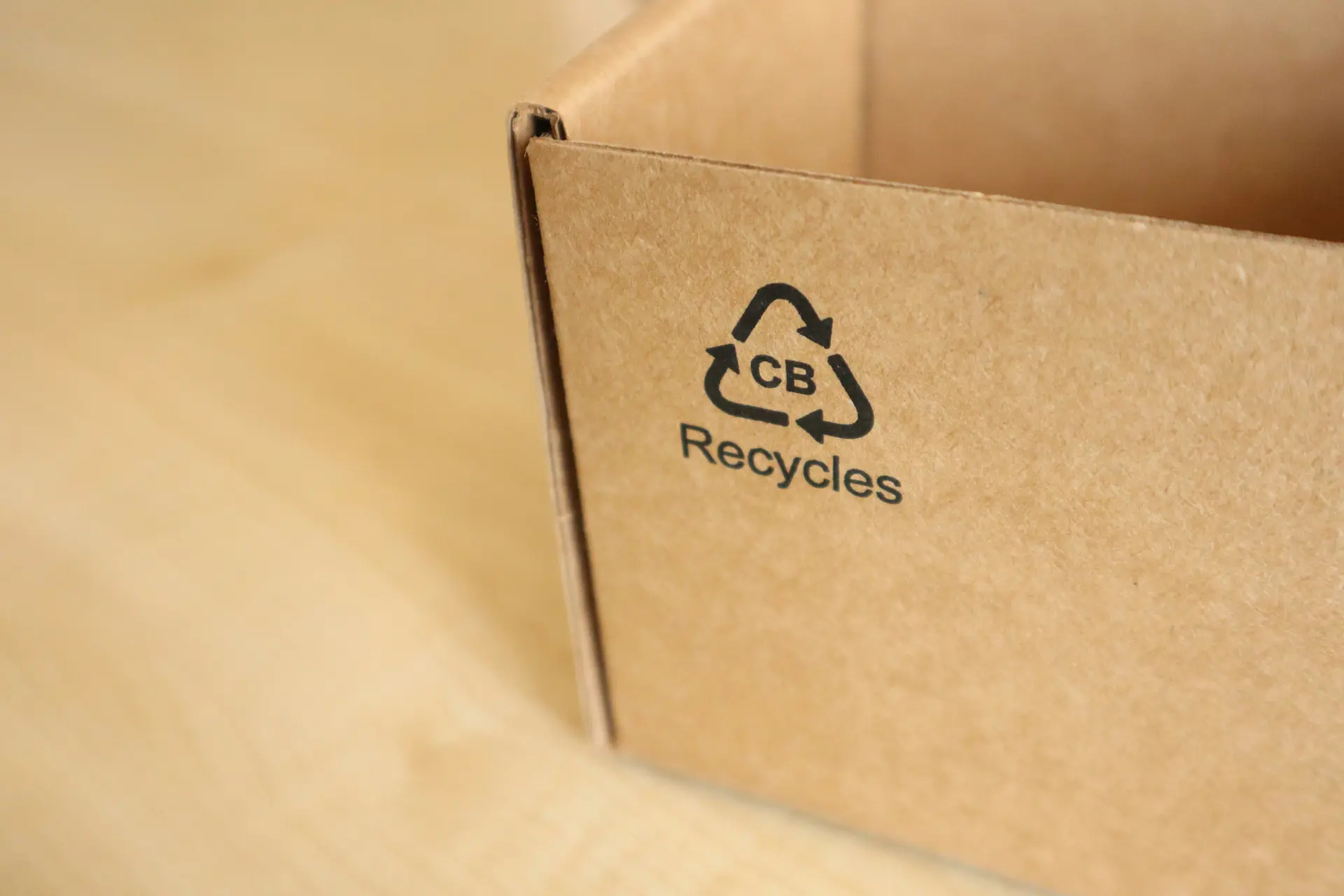We all recognise the world is changing at a fast pace… after all, who could have predicted the changes in consumer behaviour and consumption patterns in 2020, eh?
But out of adversity, comes opportunity!
So, while you take a step back to re-assess the future from a business aspect, how about putting your NPD processes through a little bit of a workout? To get them into top form for your new ways of working.
In this article we give our 5 thoughts for shaping up your NPD process.
#1 Concentrate on your core
#2 Improve flexibility
#3 Tone your teams
#4 Work on performance
#5 Warm down
#1 Concentrate on your core
OK. Having some sort of process is the base line of successful NPD.
Regardless of which process model you choose, a process is something tangible that everyone within the organisation can engage with. In this way, different teams and individuals can feel involved in the company’s overall NPD strategy.
According to Product Development and Management Association PDMA:
Structured and consistent processes adopted across an organization contribute significantly to product development success. Research shows that the success rate of a company’s new products is highly dependent on the quality of product development practices and processes adopted by them.
But what is the best process to adopt? There’s always a lot of talk about the ‘best process’ to use, if indeed, there is one.
The majority of companies within the Food & Beverage space are operating a Stage Gate or Phase Gate process.
The principle of this approach is to break the NPD process into a number of discrete stages from Idea Generation through to Launch. Once each stage of development is complete, the project passes through a management approved gate before moving onto the next stage. This allows for many concepts to be progressed at the start of the process and then at each stage ‘gate’ for only the viable concepts to be advanced.
One of the reasons this approach is so popular and so widely adopted is that it allows companies to keep a close eye on cost and time resources and stop projects from continuing too far down the pipeline when they cease to be practicable. The approach also breaks a process into clear and distinct stages, which allows people to communicate clearly on project progress at a high level.
The approach is not without issue, however. Although the stages can be conducted in parallel, what we find in most companies, is that these processes tend to be largely linear. There is little scope to accelerate them.
So, what can happen, with the timescales of a typical product introduction process, is that market and consumer demand can shift by the time a product is brought to launch.
In our future post-crisis world, we will need to have more flexibility.
#2 Improve your flexibility
We should not be afraid to innovate our innovation processes.
So, looking deeper at your processes – how flexible are they? Can they cope with the unforeseen or do the processes struggle to adapt to change?
Recently, there has been some interest in applying agile principles to product innovation in CPG/Food & Beverage. There are plenty of interesting insights on this topic, like these examples from BCG and Nielsen.
Agile development has driven many benefits in software development, allowing software product design to be both accelerated and more user focussed. The agile principles of experiment, inspect and adapt lead to a much more iterative approach, where changing requirements can be adopted right into the later stages of a project. Dedicated, cross functional teams and different communication structures allow projects to progress at pace.
Sounds perfect! Finally, there is maybe a way to keep apace of changing customer demand and behaviour.
In the earlier pre-commercialisation stages of the NPD process there is definitely potential to embrace agile principles in order to accelerate and take a more human centred design approach.
However, it is clear, from a Food & Beverage perspective, that there is significant risk to brand if a new product is not perfect at launch and there is little scope to further iterate product design once it is in the market from both a manufacturing and cost perspective (an issue that is less acute for software development).
So maybe we need a combination of process approaches. An agile approach to achieve an approved product concept and then a different, more structured one for product commercialisation and launch?
And what about process variation?
Many companies have different processes for different business objectives such as change of recipe, change of supplier etc.
As Donald G Reinertsen suggests in his book Managing the Design Factory, we can achieve both structure and flexibility by building the development process out of modules. By altering the use and sequence of these modules we can produce millions of process configurations without losing control.
This means that we can consider breaking each NPD stage into a number of micro processes that can be re-sequenced if necessary, to adapt to the changing requirements of a project.
So, even within a traditional stage gate type process it should be possible to introduce a level of flexibility that allows you to act in a more adaptive way to change without destroying the structure that supports predictability and control.
#3 Tone up your teams
In the end, people make NPD happen, so how we operate within an organisation can have a massive impact on NPD success. So, it is worth considering who is involved in the NPD process, and how to structure teams to allow people to work collaboratively and autonomously on development projects.
There are three things to consider: cross functional teams, co-location and communication
Following agile principles, creating cross functional teams can allow people to collaborate more closely, outside of the confines of department ‘silos’. Note, this isn’t just a case of putting representatives from each department under a project lead. Individuals sitting on a number of NPD project teams can find conflict of priorities between their own department’s and the NPD team’s interests. Instead, to do this well, it requires a more radical approach which challenges the whole operation to work cross functionally to proactively manage the process of change, rather than operate as separate functions. The goal being to promote a common goal and remove conflicts of interest and inter-competition of resources.
Another idea which is intriguing is co-location. Again, in Managing the Design Factory, Donald G. Reinertsen asserts that ‘Colocation is the closest thing to fairy dust’ for improving communications in a development team. He found that by clustering people together there was a dramatic improvement in communication and team effectiveness. So, even without creating a true cross functional team, there are benefits if people are co-located.
But how can we co-locate in this post pandemic world where the majority of us are still working from home? Does the ‘work from home’ culture allows us new opportunities to re-imagine how we will work together in the future? Is it possible that we can ‘co-locate’ digitally now that we are not bound by physical location?
If you stop to consider, there are now fewer barriers to involve colleagues from different locations in meetings. When all meetings are held virtually, everyone is on an equal standing. There isn’t the problem of meeting dynamics where some people are ‘in the room’ and others are dialling in.
So, with the support of digital tools it should be and has to be possible to create a dynamic environment for innovation and change in the post pandemic era.
What is key is quality communication throughout the NPD process.
People are bombarded by emails, instant messages and news feeds. Keeping communication appropriate and timely is important.
Having a clear process, where responsibilities are precisely defined and attributed to individuals, reduces the requirements for reminder emails and allows the project to progress more proactively.
In fact, achieving instant access to up to date NPD tracker and progress information across the team can very successfully reduce the amount of information that has to be distributed by email.
#4 Work on performance
As with anything, it’s impossible to be perfect, the only thing possible to improve. So be agile in your approach to your NPD. Measure performance and then amend your processes to improve.
Using Key Performance Indicators (KPIs) such as time from brief to approved concept, artwork cycle times, number of revisions can provide a good indication on the health of the process. Work out targets and drive continuous improvement of the process. Involve your teams to strengthen and enhance the process.
It’s no good saying there’s no time for that post launch project review, this could be your sole opportunity to do things better next time!
#5 Warm down
BCG Henderson Institute (BHI) anticipated earlier this year that in ‘this new post-crisis world and seizing opportunity in adversity, we need to think consider several shaping forces: new learnings, new attitudes, new habits and new needs.’ It’s clear that we need to create new ‘habits’ in the way we collaborate in order to seize new ‘opportunities’.
In an excellent recent interview piece, Pepsi’s chief design officer, Mauro Porcini commented that we are entering an “age of excellence” where stand-out design becomes essential for companies. He carries on saying that ‘Technology will enable this effort and empathetic, curious, agile leaders will drive it’.
Digital systems shouldn’t be a slave to your NPD processes, with a high degree of configurability and flexibility. They need to be collaborative and cloud based to allow for remote access from any location.
This is where 4Pack fits in:
4Pack is a cloud based digital system that helps you manage your NPD process by automating workflow management which keeps people on task and allows you to manage your projects more effectively.
4Pack is flexible in the way it can manage both simple and complex business processes.
Blocks of micro process can be created that can be reordered and sequenced to create an end to end workflow. Processes can be iterative or linear – any way you like.
In short, 4Pack workflow is built to match your process, your NPD stages and milestones. Automations can be added to remove repetitive manual tasks.
Within 4Pack, teams can digitally co-locate and collaborate directly in a cloud-based platform, with instant access to project status and transparency of actions and responsibilities.
4Pack can help by also centralising the management of specifications, artworks and digital assets that are created and approved throughout the process. If existing legacy systems are in play, 4Pack can integrate.
4Pack is also in a perfect position to support your continuous improvement objectives. From managing post project reviews, capturing KPIs to the easy reconfiguration and readjustment of processes over time.



